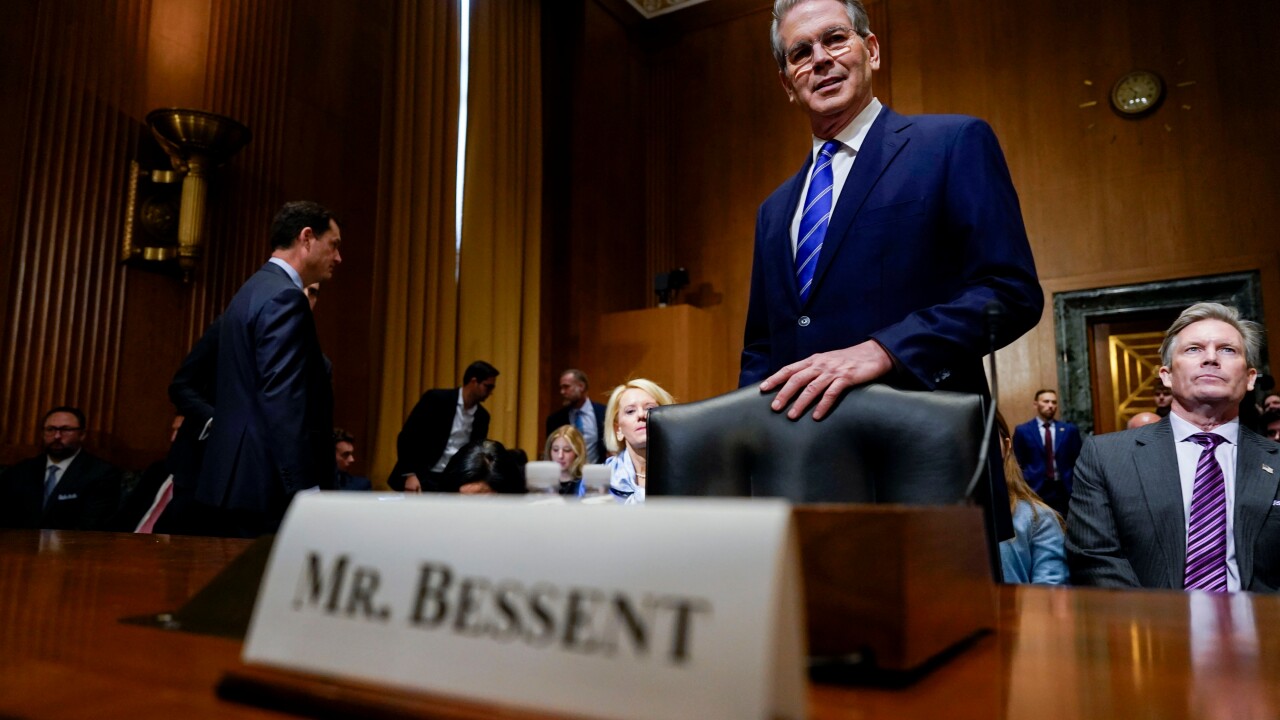Editor's Note: A version of this op-ed first appeared on
While core banking systems are getting harder and pricier to maintain in a digital age, some believe the blockchain could serve as the antidote.
For instance, a London-based startup recently revealed it has been working on a blockchain-based core banking system for the past two years – an interesting announcement as I've had many conversations theorizing what a blockchain-based banking core might look like and if it could improve core banking systems. But while the idea sounds great, distributed ledger technology is initially better suited to disrupt interbank systems rather than core banking.
Although most core banking systems were engineered decades ago, they were built for speed. To this day, they typically run reliably. Core banking systems also support thousands of business rules and functions, including complex regulatory compliance functions. Understanding the current state well enough to design any type of a replacement in and of itself is a massive effort.
In a blockchain model, banks could use the distributed ledger technology for key functions of ledger (balances specifically) and transactions. Blockchain's ability to timestamp transactions could be a much more authoritative means of recording transactions rather than today's relational database that can be accessed and manipulated. The blockchain's added degree of security could prevent bad actors inside of the bank from manipulating accounts at the database level.
However, if the blockchain were just an internal design function, transactions with external accounts would not be reflected beyond the originating bank. The cryptographic proof couldn't really be end-to-end unless everyone doing every kind of transaction moved to a blockchain. You lose some of the security benefits with an internal blockchain transaction tied to a regular external transaction (such as ACH or Swift), or a second blockchain transaction on a public ledger.
And sure, blockchain could make balancing the accounts more accurate by improving the tracing of funds and transactions through the ledger to prevent or correct errors. However, this method doesn't resolve the root cause of balancing issues. The root cause is the math and the business logic applied prior to executing a transaction, not the recording of the transaction to the blockchain or relational database.
Since bank records are as much about the transactional metadata as the actual ledger entry, it would seem to me that any core system relying on blockchain would also have a relational database (of some variety) running in parallel to the blockchain. How else would you know the names of the accounts involved, the notations you made for the transaction, an ATM location, a merchant location or maybe a check image? Tax code and interest business rules alone account for millions of lines of code and transactional data that go far beyond a cryptographic representation of a transaction.
Another issue is the conversion of historical transactions. How do you represent these transactions in the blockchain? Since the blockchain represents a series of interrelated events, figuring out how to convert them over would be a complex exercise. Perhaps the simpler data solution is to keep them separate and have queries traverse the two representations of transactions. Of course, this means adding to the technical burden, which will only add to the life-cycle cost of the solution.
Similar to a bank system merger or migration, a blockchain conversion project would likely take multiple years and cost tens, if not hundreds of millions of dollars, depending on the size of the bank.
Processing speed is also a concern to be addressed. Bitcoin, running on the Ethereum version of blockchain, can only record seven transactions per second; the current transaction settlement times of more than 40 minutes could continue to rise. Hyperledger, while faster than Ethereum, is still not capable of supporting the processing speed required for a major bank or card processor. A bank could work around the challenge by having a more traditional relational database initially process the transactions, and then let the blockchain record them at its own speed.
But the bottom line is a new core blockchain banking system would be just as complex as any existing system. Imagine building a new core system on a relational database with millions of lines of code to handle every business rule, but then layering on blockchain for all of the ledger and transactional management. It's difficult to justify the benefits against the cost and complexity.
When I think about blockchain and banking, the interbank systems are what really come to mind. Blockchain makes for an excellent public record of transactions. Replacing batch file systems like ACH or even messaging systems such as Swift or Fed Wire with a cryptographic system would have many benefits, such as improving settlement times and transaction reliability. It would also provide a public (to the banks) record of transactions so any party can verify events. Improving the flow of funds could represent a major cost savings to banks and their customers.
For large, risk-averse banks, making the leap to a new core is a major decision – one they will ultimately make. So will the benefit of the addition of blockchain to the core be worth the unknown risk? I'm waiting to find out.
David Pinski is chief strategist for Hitachi's Financial Innovation Laboratory, Global Center for Social Innovation. He can be reached on Twitter @dapinski.





